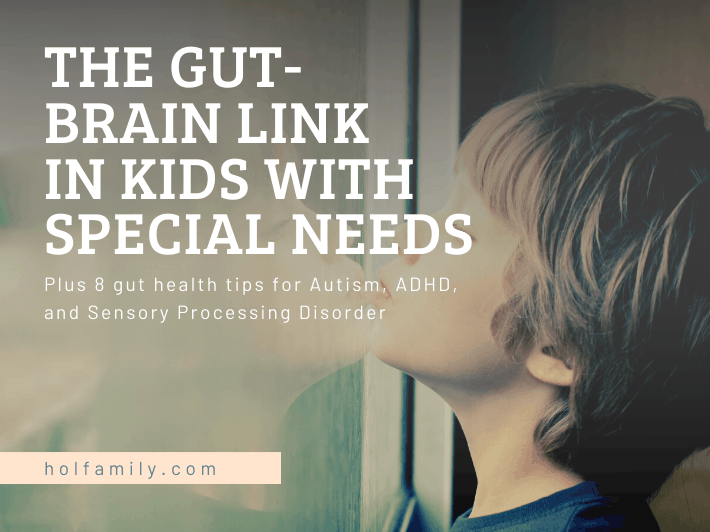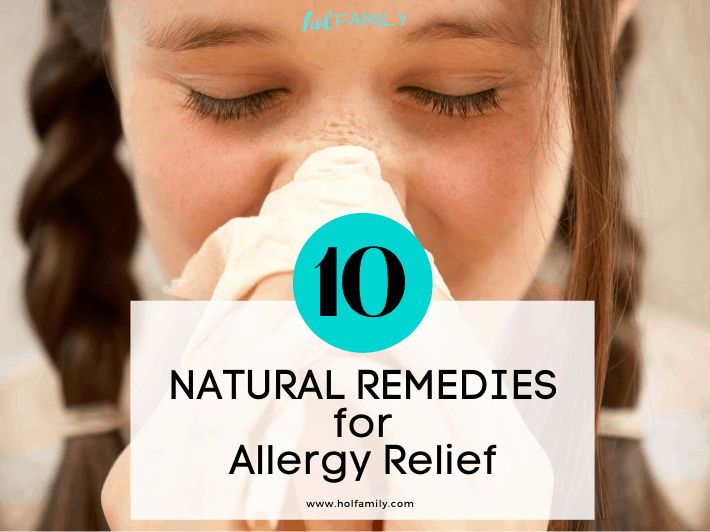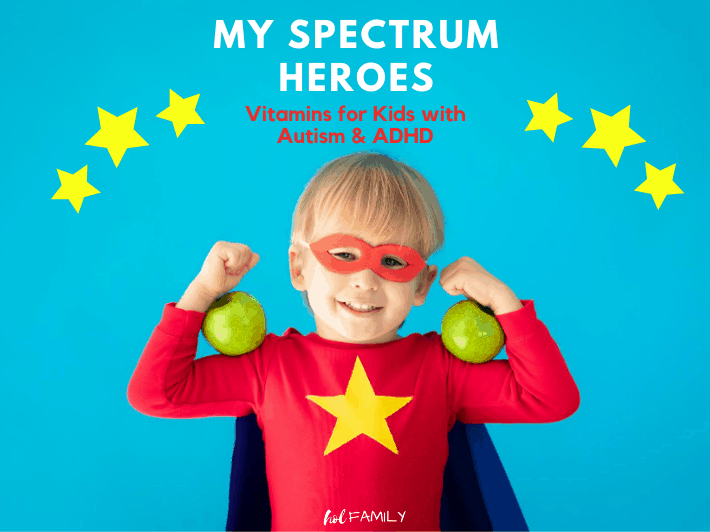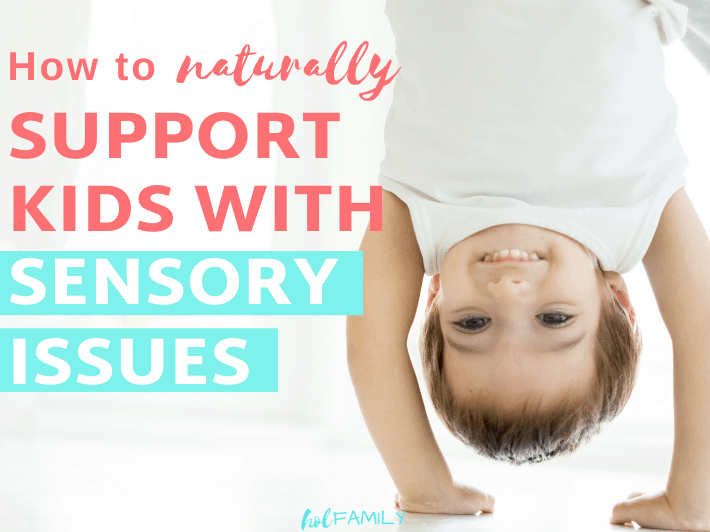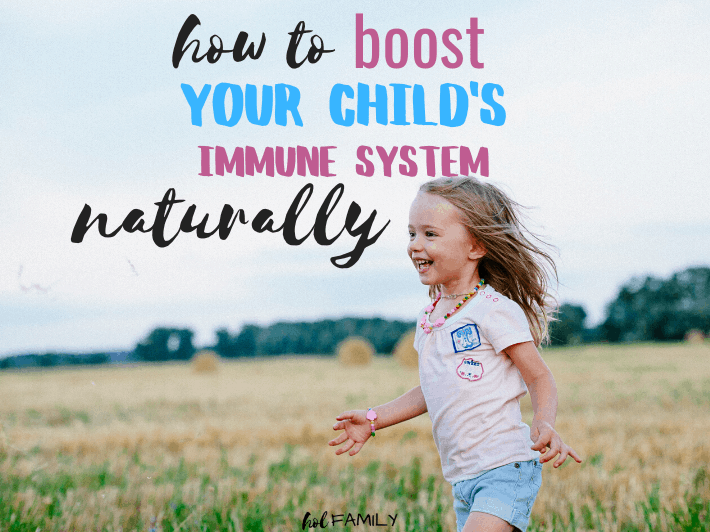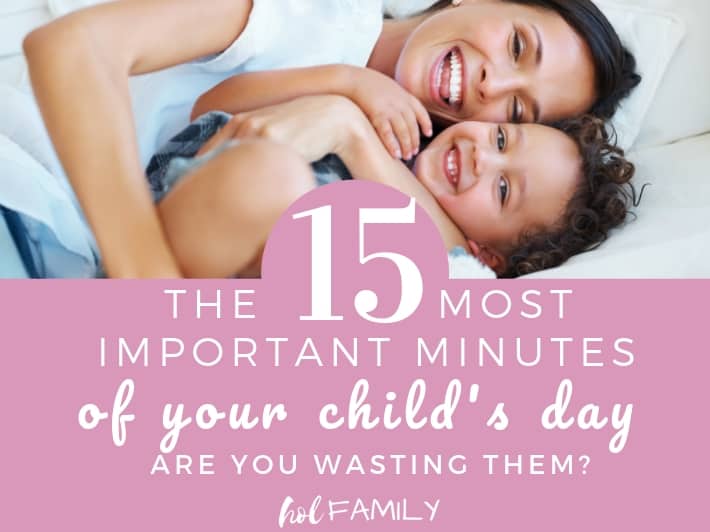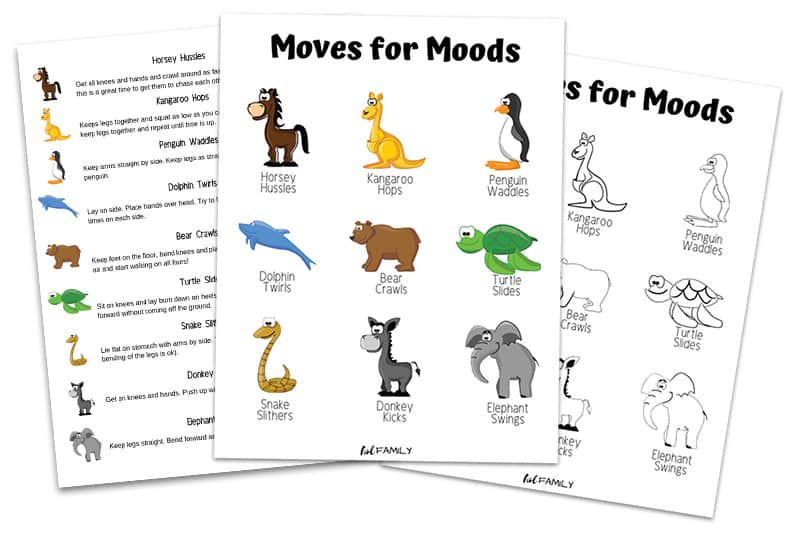
If you’ve noticed a dip in posts on hol FAMILY — you’re right! We’ve had a busy few months since our big move from Canada to the coastal Carolinas. Between unpacking, settling into new schools and routines, and establishing a whole new life here, things have been hectic, to say the least.
One of the things we were very excited about in our new locale was the ability to get our kids into a biomedical pediatrics practice that focuses on kids with special needs (like Autism, ADHD, PANDAS, and sensory processing issues). During one of our initial appointments, we were discussing PANDAS and chronic strep infections in our kids as well as our fears about long-term antibiotic treatment.
To our surprise, this integrative pediatrician brought up her holistic protocol for treating strep infections and PANDAS naturally. Can you guess what was included in her treatment regimen? Xylitol! I’ll admit that I didn’t know much about it prior to that conversation, other than knowing it was a natural sweetener that is touted as being good for oral health.
It turns out that there’s a lot more to this crystalline substance than sweetening food and fighting cavities. Let’s dive into the research and see what this sweet stuff is all about.
What is Xylitol?

Xylitol is a sugar alcohol (also known as a polyalcohol) which basically means that it shares some molecular properties with both sugar and alcohol. This is what gives it a sweet taste, similar to sugar, but without the high glycemic load.
While a teaspoon of sugar will trigger the release of insulin and cause your blood sugar to rise, xylitol is a low-digestible carbohydrate so it has little to no effect on blood sugar. It also contains about 40% fewer calories than sugar.
Unlike some artificial sweeteners that are completely manmade, xylitol naturally occurs in some fruits and veggies and is even manufactured by the body in small amounts. Most of the commercially produced sources are from birch bark and corn cobs.
Is Xylitol Safe?

When it comes to your canine friend, xylitol is a major no-no. Dogs who ingest this substance risk hypoglycemic shock and need immediate veterinary care.
There’s been a lot of debate about whether or not xylitol is safe for humans. Fortunately, there have been many research studies in humans (including children) that have showed little to no side effects.
In one study, people consumed up to 30 tablespoons a day for two years with the biggest complaints being diarrhea and excess gas (1).
Like other sugar alcohols, it can be fermented by bacteria in the gut. For people who struggle with IBS or FODMAPS, this could be problematic and make symptoms worse.
Xylitol Health Benefits
Xylitol isn’t new to the natural health community. It’s been a popular ingredient in natural toothpaste and mouthwash recipes for many years and often appears in recipes for the Candida diet.
Healthy Teeth

As a Mom, I am all too aware of the dangers of sugar for the body, brain, and teeth. We avoid fluoride in water and toothpaste, so I am always looking for natural substances to keep teeth healthy and clean.
Just like your gut has a rich microbial community, so does your mouth! In fact, the reason people get cavities in the first place is because of an overgrowth of certain types of acid-forming bacteria. Streptococcus mutans (S. mutans ) is one of those types that is often associated with cavity formation.
According to one study, frequent use of xylitol in food and oral health products can reduce the growth of plaque and bacteria that cause cavities and help with remineralization of teeth (2).
Xylitol reduces the levels of Streptococcus mutans in saliva and plaque by disrupting their energy production (3). It also increases saliva production and creates a more alkaline environment in the mouth.
Ear Infections
Ear infections may seem like a rite of passage for kids, but any parent who has spent the night trying to console a screaming toddler suffering from a painful earache knows that these infections are absolutely dreadful.
Streptococcus pneumoniae is the type of bacteria that most often causes otitis media (ear infections). Xylitol has been shown to be able to stop the growth of this type of bacteria (4).
A 2011 Cochrane Review of 4 Finnish studies found that giving children xylitol in the form of lozenges, syrup, or chewing gum reduced ear infections by up to 25% (5). An update to this review in 2016 included one additional trial and found that xylitol was able to reduce the risk of infection from 30% to 22% (6).
Sinus Infections

Xylitol may also have a positive effect on respiratory health, in particular when it comes to sinuses. Sprays containing this substance have been used to help with nasal congestion, allergy symptoms, and in fighting infections such as sinusitis.
If you’ve ever used a neti-pot to clear out your sinuses, you may be excited to know that in two separate studies, nasal irrigation using a xylitol solution was able to improve symptoms of chronic sinusitis (7,8).
Immune Support
I think just about every parent has probably googled “how to boost a child’s immune system” one time or another. I’ve written a post about it and I still find myself researching the topic from time to time. While getting sick is a natural part of training the immune system to fight infections, there are lots of natural ways we can help support our natural killer cells to fight a little harder.
In animal studies, xylitol was able to stimulate immunity against bacterial infections (9). It also showed some promise in potentially fighting some viruses and having an anti-inflammatory effect, although further studies are needed to know if this transfers to humans as well.
In cell studies, xylitol was able to reduce the growth of Candida albicans, a type of yeast that causes fungal infections (10).
Blood Sugar

The American Heart Association recommends kids aged 2-18 consume no more than 6 tsp (25 grams) of sugar a day — yet the average child consumes nearly triple that in one single day. With so-called “adult” diseases like diabetes, obesity, and even heart disease now becoming more and more prevalent in children, it’s time to start taking a look at what we are feeding our kids.
While xylitol is sweet like sugar, it doesn’t lead to spikes in blood glucose or insulin (11). The glycemic index is only 7 (glucose is 100).
Some studies have found that it can reduce cravings and calorie intake, which may translate to weight loss over time (9). In animal studies, xylitol improved short term weight loss, cholesterol levels, and improved symptoms of diabetes.
PANDAS
Pediatric Autoimmune Neuropsychiatric Disorders Associated with Streptococcal Infections, or PANDAS is a type of autoimmune disorder that can cause cognitive and behavioral changes similar to Autism, ADHD, and other neurodevelopmental disorders. The condition happens when antibodies produced in group A streptococcal infections penetrate the blood-brain barrier.
The treatment protocol for PANDAS is aimed at treating the underlying infection, preventing future infections, and calming an overactive immune system. Some physicians recommend long-term antibiotic use, which can have devastating effects on the gut microbiome.
Many biomedical and integrative approaches to treating PANDAS include natural alternatives to antibiotics. Because research has found that xylitol is effective at fighting streptococcal infections, it is often included in biomedical treatment protocols for PANDAS.
How to Use Xylitol

There are lots of ways you can use xylitol to keep kids healthy. Using powdered xylitol (always look for non-GMO) to replace sugar in baking is one possibility.
You can also try this nasal spray or mouth spray for when your little ones are battling a stuffy nose or sore throat. For older kiddos who are open to using a neti pot, you can try nasal irrigation with xylitol.
Chewing gum and mints made with xylitol are also great ways to promote healthy teeth and gums. We love using this toothpaste for our kids too.
Instead of sugar-laden candy as a treat, you can try options made with xylitol.
When you first use xylitol with kids, remember to go slow. Diarrhea is the most common side effect but may be prevented if you gradually introduce it.
Final Thoughts
If you are looking for natural ways to boost immunity, fight infections, and deal with the symptoms of common childhood illnesses, xylitol may be worth a try. It has a much higher safety profile compared to most artificial sweeteners, but we still need more human studies to know all that xylitol can do.
Have you used xylitol to keep your kids healthy? Leave a comment below and let me know!

